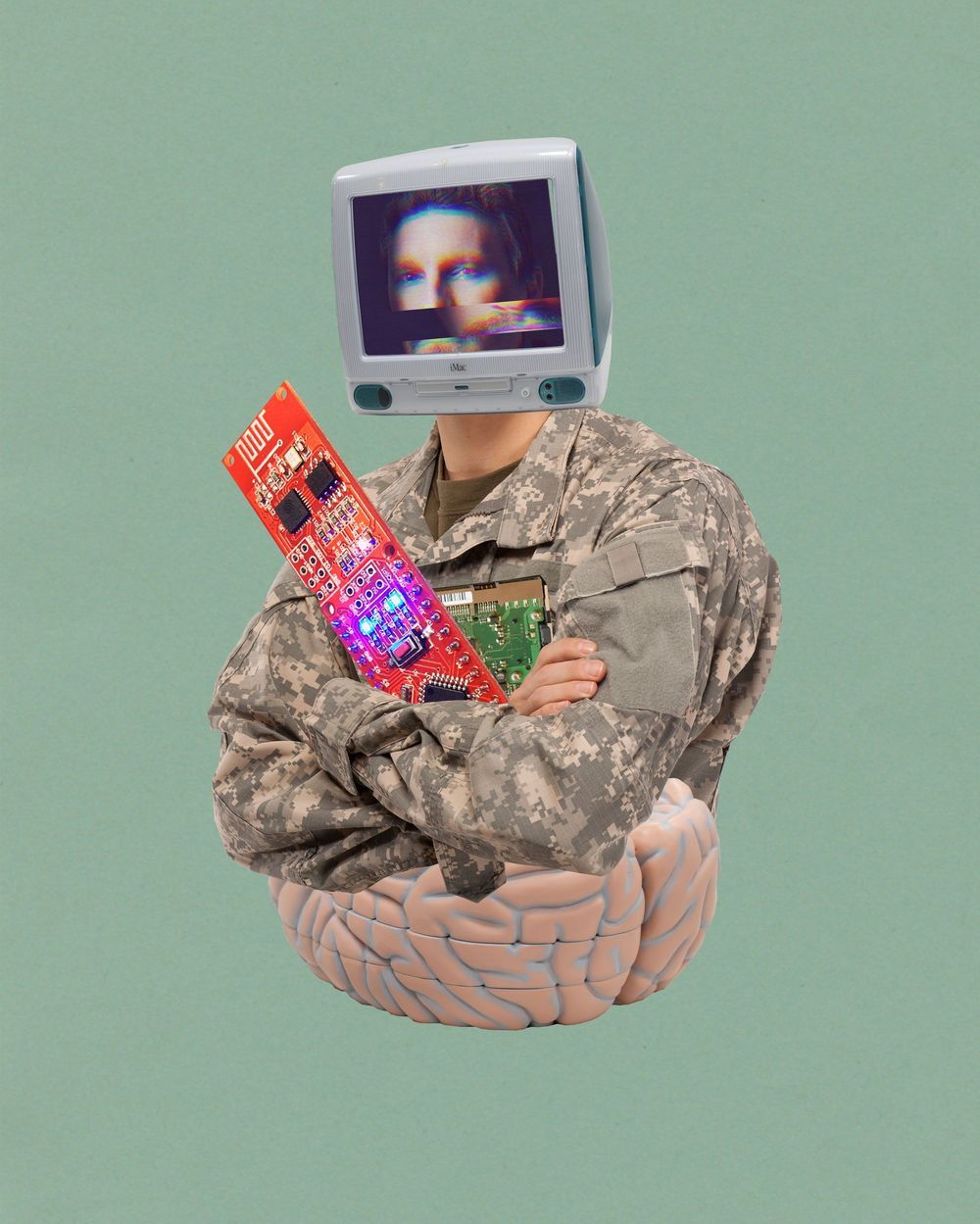Get the latest international news and world events from around the world.
We’re going forward to the Moon, together
Who is going with us? NASA Astronaut Alvin Drew answers the question in our latest #AskNASA episode. Find out about the international partnerships that will contribute to our #Artemis lunar exploration plans. Watch: https://go.nasa.gov/2VIoMr6

The US military wants super-soldiers to control drones with their minds
I n August, three graduate students at Carnegie Mellon University were crammed together in a small, windowless basement lab, using a jury-rigged 3D printer frame to zap a slice of mouse brain with electricity.
The brain fragment, cut from the hippocampus, looked like a piece of thinly sliced garlic. It rested on a platform near the center of the contraption. A narrow tube bathed the slice in a solution of salt, glucose, and amino acids. This kept it alive, after a fashion: neurons in the slice continued to fire, allowing the experimenters to gather data. An array of electrodes beneath the slice delivered the electric zaps, while a syringe-like metal probe measured how the neurons reacted. Bright LED lamps illuminated the dish. The setup, to use the lab members’ lingo, was kind of hacky.
Arnold Schwarzenegger Isn’t Afraid of Death, He’s “Pissed Off”
Arnold Schwarzenegger tells Howard he doesn’t want to die and gives his take on what the afterlife might be like.
SUBSCRIBE for more videos: http://bit.ly/2qswmZU
Want to know what’s going on with Howard Stern in the future?
Follow us on Twitter: http://bit.ly/1RzxGPD
On Facebook: http://on.fb.me/1JELtz3
On Instagram: https://goo.gl/VsWTND
For more great content from the Howard Stern Show visit our official website: http://www.HowardStern.com
Hear more Howard Stern by signing up for a free SiriusXM trial: https://goo.gl/uNL0Du
Julie Andersen presenting at Undoing Aging 2019
Julie Andersen, The Buck Institute, presenting at Undoing Aging 2019.
Connect with Undoing Aging:
Facebook: https://www.facebook.com/events/1077333215804499/
Videos: https://www.undoing-aging.org/videos
News: https://www.undoing-aging.org/news
LinkedIn: https://www.linkedin.com/showcase/12631536/


Data — from objects to assets
Over the past 150 years, ideas have shifted drastically as to what counts as data, which data are reliable and who owns them. Once regarded as stable objects whose significance was determined by a handful of professional interpreters, data are now reusable goods. Their mettle depends on the extent to which they are mobilized across contexts and aggregated with others. Growing in volume, variety and value, data have come to drive the very process of discovery.
How did data get so big? Through political, social and economic interests, shows Sabina Leonelli, in the fourth essay on how the past 150 years have shaped the science system, marking Nature’s anniversary. How did data get so big? Through political, social and economic interests, shows Sabina Leonelli.

Multiple sclerosis could be stopped in next DECADE, researchers say
MS is thought to affect 100,000 people in the UK, with 14 patients being diagnosed every day, MS Society statistics show.
And in the US, nearly one million are living with the condition, according to the National Multiple Sclerosis Society.
The disorder, which strikes twice as many women as men, damages nerves in the body, causing mobility loss, sight problems, fatigue and pain.
3 Important Questions No One Knows The Answers To (Universe Edition)
Thanks to The Great Courses Plus for sponsoring this video. Signup for your free trial with them today at: http://ow.ly/Z4ZV30pygjw
In this video, we delve into 3 essential mysteries that sit inside every moment and realize how little we know about anything and everything. And perhaps why that’s ok.
If you are interested in supporting the channel, you can donate to our Patreon here: https://www.patreon.com/pursuitofwonder
Follow Pursuit of Wonder on Instagram at: @pursuitofwonder_official
The Great Courses Plus is currently available to watch through a web browser to almost anyone in the world and optimized for the US, UK and Australian market. The Great Courses Plus is currently working to both optimize the product globally and accept credit card payments globally.

Plastics that are Stronger than Steel
Image Credits: Thinkstock
Materials scientists are constantly working on developing stronger and better materials for various industries. Spider silk, diamond, graphene, and nanotubes have all been proved to be stronger than steel in one respect or another. Now, certain types of plastics join this list.
The following article looks at three research findings in the field of plastics.